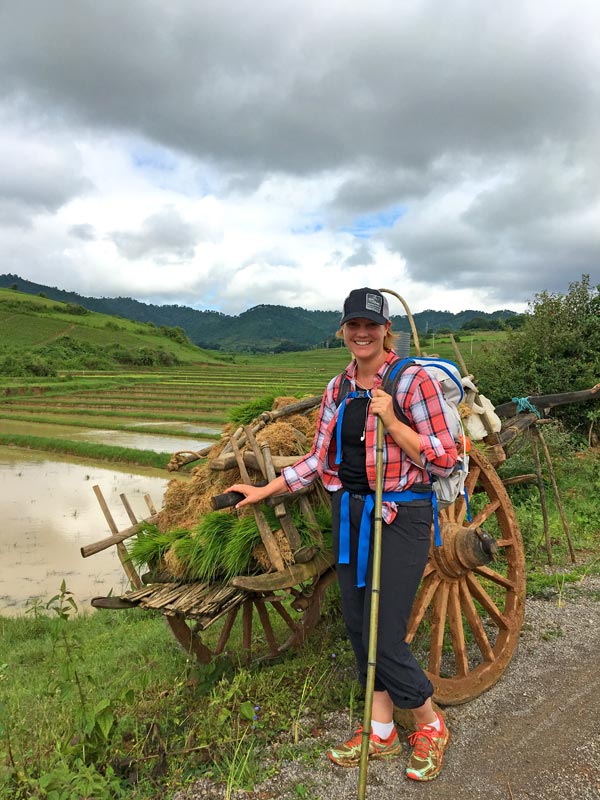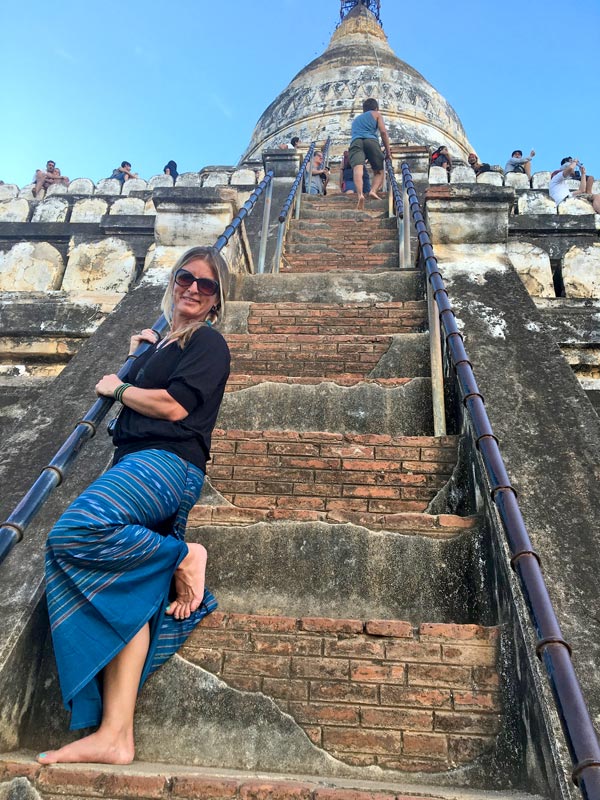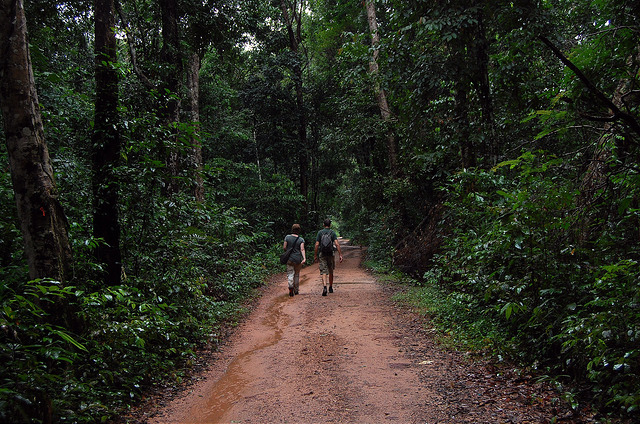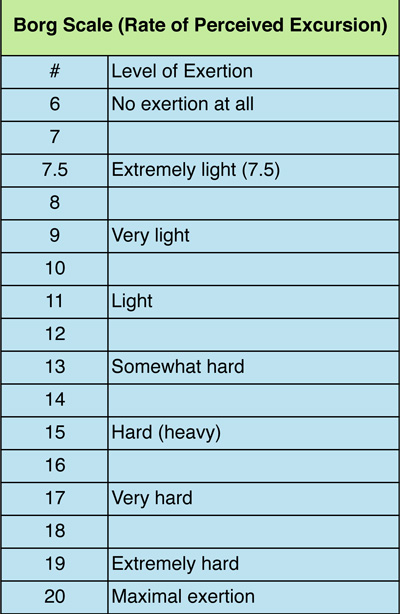
Staying fit on vacation: YES, it is possible!
By Karen Caton
(photos from Karen & Andrea’s trip to Myanmar in 2016)
You have heard it: “I’m going to get so out of shape when I am on vacation!” Perhaps you have even had that happen to you.
It is true that vacations can add unwanted pounds and take away your preciously earned fitness, but only if you let it happen. Here is the good news: Vacations can be a source of fitness inspiration!
I recently traveled to Myanmar with Journeys Within CEO Andrea Ross. Our goal was to be fit and active while traveling and that is precisely what we did. Before the trip, we committed to being physically active for at least 30 minutes per day, in addition to our walking tours and excursions. Additionally, we were conscious of our caloric intake, stayed hydrated and rested.
 So if you are looking for ways to stay fit on vacation, here are 10 tips to keep in mind:
So if you are looking for ways to stay fit on vacation, here are 10 tips to keep in mind:
Take Advantage of Jetlag: One of the biggest challenges of travel and fitness is jet lag. Whether you are crisscrossing the globe or just a time zone or two, use the “off hours” to workout. It actually helps you adjust quicker to the time change and can re-energize you.
Run or Walk: One of the best options for fitness is to run or walk, especially when your accommodations do not have a fitness facility or pool. Running or fitness walking in the morning before you set out for your day is a great option. In addition, running and walking allows you to see more of the cities, towns and villages you are visiting which is a great reason in itself! It also requires no equipment other than a pair of athletic shoes.
Use the Pool: Another great fitness option is swimming. It is easy to pack a swim cap and goggles because they take up little space. Use the hotel pool to do a short workout. Below is a short ¼-mile swim workout for beginners which can easily be doubled for intermediate or advanced swimmers:
Beginner Swim Workout: 1/4 mile (400 yards or 16 laps)
- Freestyle x 4 Easy Warm-Up
- Breast Stroke x 4 (20 seconds between laps)
- Freestyle x 6 (decrease each lap by one stroke and 20 second rest between laps)
- Sprint Laps x 4 (decrease each laps time by 2 seconds and 30 seconds rest between laps)
- Freestyle x 2 Easy Cool Down
If there is a Fitness Center at Your Hotel, USE IT: This one is a no brainer! If there is a gym at your hotel, carve out a half hour to use the elliptical, treadmill, or weights.
 You Don’t Need a Fitness Center: You are not out of luck if there is no fitness center at your hotel and you don’t feel like running or walking, you can do a short bodyweight workout in you hotel room that will energize you and help you maintain or increase your existing fitness. If you use exercise bands, jump rope or a heart rate monitor, you can easily pack those for in-room workouts. Below is an example of a few things you can do right in your hotel room. This beginner workout can easily be increased to an intermediate workout by increasing the number repetitions and sets or the addition of a jump rope or exercise bands:
You Don’t Need a Fitness Center: You are not out of luck if there is no fitness center at your hotel and you don’t feel like running or walking, you can do a short bodyweight workout in you hotel room that will energize you and help you maintain or increase your existing fitness. If you use exercise bands, jump rope or a heart rate monitor, you can easily pack those for in-room workouts. Below is an example of a few things you can do right in your hotel room. This beginner workout can easily be increased to an intermediate workout by increasing the number repetitions and sets or the addition of a jump rope or exercise bands:
Beginner Bodyweight Workout:
- High Knees: 30 Seconds High Knees for 3 Sets
- Squats: 3 Sets of 12 Reps
- Squat Jumps: 3 Sets of 20 Reps
- Push-Ups: 3 Sets of 12 Reps (on knees or feet)
- Dips (off a chair): 3 Sets of 12 Reps
- Suitcase Latissimus Row: 3 Sets of 12 Reps Per Arm
- Crunches: 3 Sets of 12 Reps
- Plank: 30 Second Planks for 3 Sets
Choose Fitness Related Activities and Excursions: When choosing adventures or excursions, try to pick a few activities that are physically active such a walking tours, kayaking, hiking, or trekking. Everything active counts toward your fitness.
 Recruit Your Travel Partner: One of the most effective ways to stay fit while traveling is to recruit your travel partner. Fitness with a friend makes it more fun and easier to commit to spending a little time on your fitness.
Recruit Your Travel Partner: One of the most effective ways to stay fit while traveling is to recruit your travel partner. Fitness with a friend makes it more fun and easier to commit to spending a little time on your fitness.
Make It Part of Your Day: Build fitness time into your daily agenda. Wether before breakfast, late in the evening because of jet lag, after your daily excursions, or before dinner, set aside a half hour. It is a lot easier if you plan ahead.
 Be Mindful of Your Nutrition: The addition of fitness on your vacation gives you a little more room to splurge on vacation food and drinks. Vacation, particularly when traveling to Southeast Asia, requires indulging in new and delicious cuisine. It’s part of a good vacation. Eat regularly during the day to keep from eating late night meals and large amounts of food at one time. It’s a good idea to pack a few healthy foods like trail mix, protein bars, oatmeal packets, dried fruits and veggies so that you have a few things to reach for when you are hungry. Remember to drink water and try to limit the amount of alcohol consumed.
Be Mindful of Your Nutrition: The addition of fitness on your vacation gives you a little more room to splurge on vacation food and drinks. Vacation, particularly when traveling to Southeast Asia, requires indulging in new and delicious cuisine. It’s part of a good vacation. Eat regularly during the day to keep from eating late night meals and large amounts of food at one time. It’s a good idea to pack a few healthy foods like trail mix, protein bars, oatmeal packets, dried fruits and veggies so that you have a few things to reach for when you are hungry. Remember to drink water and try to limit the amount of alcohol consumed.
RELAX! You ARE on Vacation: It is impossible to stick to you normal routine while vacationing. Do your best to add or continue your fitness pursuits while vacationing but don’t beat yourself up for missing a workout or eating Pad Thai. Make it fun and you will go home feeling fit, recharged, relaxed and ready for the next journey.… Read more »





